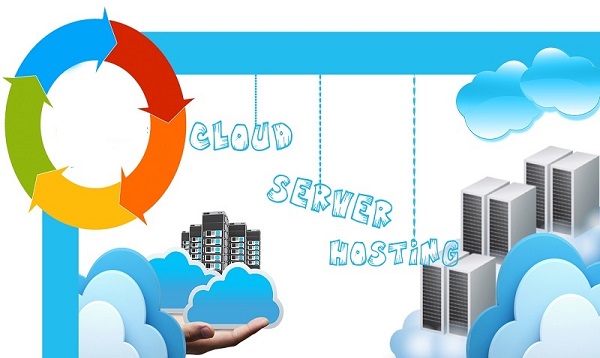There are many reasons why more and more enterprises are developing a growing interest in cloud solutions. In addition to greater profitability of economical cloud services, flexibility and improved scalability are also some of the vital goals for cloud adoption.
Cost efficiency of cloud solutions is not only due to elimination of capital expenditure but can also be attributed to a highly competitive cloud service market. Costs of cloud services are significantly declining over the last few years, owing to a fiercely competitive cloud providers’ market.
Presently, many C-level executives are struggling to find a right cloud solution, which is able to provide a perfect mix of various cloud services such as public and private cloud offerings. Integration of these services into the enterprise IT infrastructure is an overwhelming process.
Multi-cloud infrastructure
Deployment of an IT infrastructure across many cloud offerings including OpenStack, AWS, SalesForce, Azure and Google is associated with a multi-cloud environment. It is designed to facilitate availability of data across the entire gamut of applications. There is a possibility of confusing a multi-cloud arrangement with a hybrid cloud offering.
In fact, these are inherently different as a hybrid cloud is associated with use of an application on multiple platforms such as public or private cloud and in a multi-cloud environment the entire IT ecosystem is spread across clouds. In some instances, a multi-cloud strategy can also be aimed at encompassing data centers.
Sometimes, a multi-cloud environment is automatically created because various departments of the organization can consider leveraging individual cloud arrangements according to their specific requirements.
Multi-cloud strategy aims at streamlining the haphazard adoption of clouds across organization to explore the most compelling value propositions of a multi-cloud strategy. It also takes into account matters of governance and approach to choose particular clouds.
Improved cost efficiency and scalability
Optimization of costs can be considered as one of the most vital value propositions offered by a multi-cloud approach. Greater use of cloud infrastructure reduces a variety of costs including maintenance, procurement of IT hardware, and manpower expenditure for running onsite IT. Cost efficiency is also boosted by market forces that push vendors to improve their offerings by keeping check on the costs.
Organizations are able to adopt innovative ways to support development due to improved scalability. Moreover, a scalable infrastructure of cloud enables enhanced agility as far as management of capacity and workload is concerned.
Smoother cloud adoption
Enterprise or business customers can explore wide ranging benefits of SaaS offerings including greater ease of cloud adoption. They can move workloads to cloud without interfering with enterprise IT approach. In fact, modern IT infrastructure should be designed in such a way that there is ample room for cloud adoption.
This should be done by implementing all necessary security precautions for maintaining integrity of mission critical data. Ideal IT approach must be driven by resiliency and robust security.
Greater risk cover
It is observed that multi-clouds are able to deliver a fair degree of risk coverage. This covers more reliable and faster recovery from events of unexpected outage or natural catastrophes.
Latency mitigation with greater availability
Performance and availability can be considerably improved by adopting a well-designed multi-cloud approach. It is easy to deploy workloads in an environment that involves multiple cloud service providers providing different IaaS solutions with an optimum architecture of multi-clouds. The inherent redundancy of infrastructure provides an ideal and fault-tolerant environment.
Mitigation of latency is usually achieved because the cloud service providers operate from diverse locations to help users operate with enhanced proximity. This makes latency to be a vital aspect of any strategy that considers a multi-cloud approach.
Moving towards specialization
Cloud service providers are finding ways to be able to cater to niche market segments. They have succeeded in offering focused and specialized cloud solutions to client enterprises by rising above the conventional segments of SaaS, IaaS, and PaaS among others. It is observed that segment leaders in these services have already moved beyond their core offerings to cater to niche consumers.
Yet another advantage of a multi-cloud approach is freedom from lack of choices with growing number of new and best of breed CSPs. There will always be a competition among different CSPs leading to availability of more efficient providers of with highly focused approach.
Ease of mobility and management
We have already highlighted the development of more and more cloud service providers with ability of providing greater choices. This will further empower enterprises to move among different best of breed cloud providers. The growing competition itself will force CSPs to offer services with ease of portability.
Takeaway
The wide spectrum of advantages of multi-cloud encourages modern enterprises to adopt strategies for adoption of the model. The trend appears to be steadily gathering steam as more and more organizations are empowering themselves with a well-designed multi-cloud strategy.
Interesting Topic :
Can Start-ups Use Multi-Cloud Strategy Effectively?






 Live Chat
Live Chat